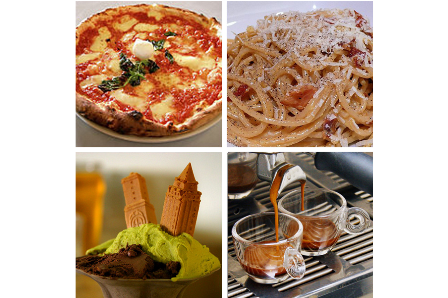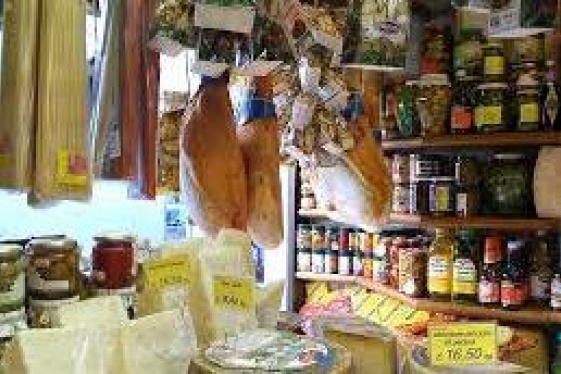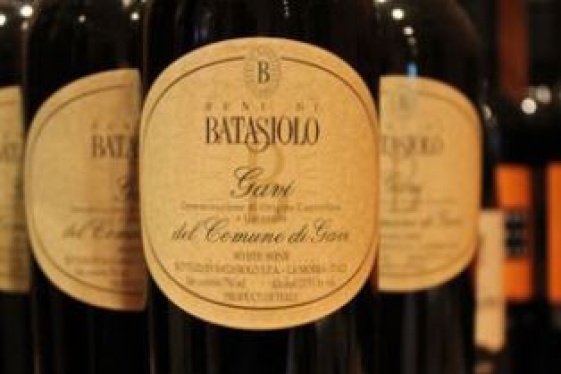

WTI Magazine #56 2015 March, 20
Author : Elda Buonanno Foley Translation by:
Among the peculiarities we Italians are famous for around the world, one seems to sum them all up: our food. Pasta, pizza, gelato, espresso are the first words that a foreigner would tell you once he is asked to name the Italian words he knows. We understand only too well that there is so much more to that.
Food is to Italians as the sun is to the day: it is our reason to live, to breathe, and to be social. Eating for Italians is not a matter of survival but, rather, a discipline, a state of mind and body, an appraisal of an art and an old culture that is embedded into us since we were born. We do not conceive eating as just a fast survival matter: it is a school of thought, a journey of flavors and taste that you come to appreciate on a daily routine. Because food for us is not only what we eat, but, especially, how we choose it, how we cook it, and finally how we present it: sitting at a table with a nice tablecloth is a daily matter not a special occasion.
Having stated that, Italian food is also part of the so worldly acclaimed Mediterranean Diet that embraces all the countries bordering the sea. We share mild climate and fertile lands with Greece, Crete, Spain and so forth and that allows us to benefit from a huge variety of fresh vegetables, fruits, fish and legumes.
In one of the latest studies by the Harvard Medical School, the Mediterranean diet is praised, again, for providing great benefits for our health helping in reducing risks for vascular and cardio-vascular diseases, not to mention lowering cholesterol levels and helping the immune system. Why is this diet so special? First of all let's clarify that it is not a "diet" in the common sense of the word: it is a life style as indicated earlier. We do not simply eat a lot of fruit, veggies, legumes, fresh fish, lean meat and not a lot of dairy products, not to mention pastry only on Sundays or for special occasions and festivities.
It is the variety of these ingredients and the huge possibilities in cooking them that make the difference: the same veggie can be cooked in several ways according to a regional, or a local dish. Think of the eggplants: we roast them, we use them in our caponata siciliana (tasty dish from Sicily), for the parmigiana, we fry them with some flour or we boil them to make gorgeous "polpette" and so forth. The variety must be added to our undiscussed key ingredient: the extra-virgin olive oil that we use for our dressings, as a main condiment, in a sauce or as a final tasty touch on some dishes.
In sum, the Italian way of cooking and eating, within the bigger picture of the Mediterranean-diet, is healthy because it has simple key ingredients (oil-vinegar-tomato-onion/garlic), it is extremely diversified (local and regional variety), it is essentially respectful to the taste and to the eyesight (a typical Italian dish needs to be tasty and looks real, not necessarily perfect) and mostly, it is a healthy way of conceiving life itself! Buon Appetito.
You may be interested
-
‘Fuggedaboudit’ the motto of new Italian del...
By Kimberly Sutton Love is what brought Tony Nicoletta to Texas from New York.The transpl...
-
1st Annual Little Italy Cannoli Tournament
Little Italy San Jose will be hosting a single elimination Cannoli tournament to coincide...
-
A Week in Emilia Romagna: An Italian Atmosp...
The Wine Consortium of Romagna, together with Consulate General of Italy in Boston, the Ho...
-
An Italian American Feast For Family Reunion...
Hey, come over here, kid, learn something. ... You see, you start out with a little bit of...
-
Buon Appetito! Unique Italian dining at Ragú...
There's something to be said for having your food prepared tableside. Guacamole tastes fre...
-
Chef Carmelo Mauro to host Beni Batasiolo Wi...
Fiorenzo Dogliani, owner of Beni di Batasiolo, will join Carmelo Mauro for an exclusive wi...
-
D'Amico's Italian Market Café expanding to K...
The popular D'Amico's Italian Market Café, a 16-year-old mainstay of Rice Village, is head...
-
Eat Drink And Be Merry IACL Christmas Party
Sunday December 14, 5.30 pmSole Mio - 8657 S Highland Dr, Sandy (Utah) 84093 The Italian...










